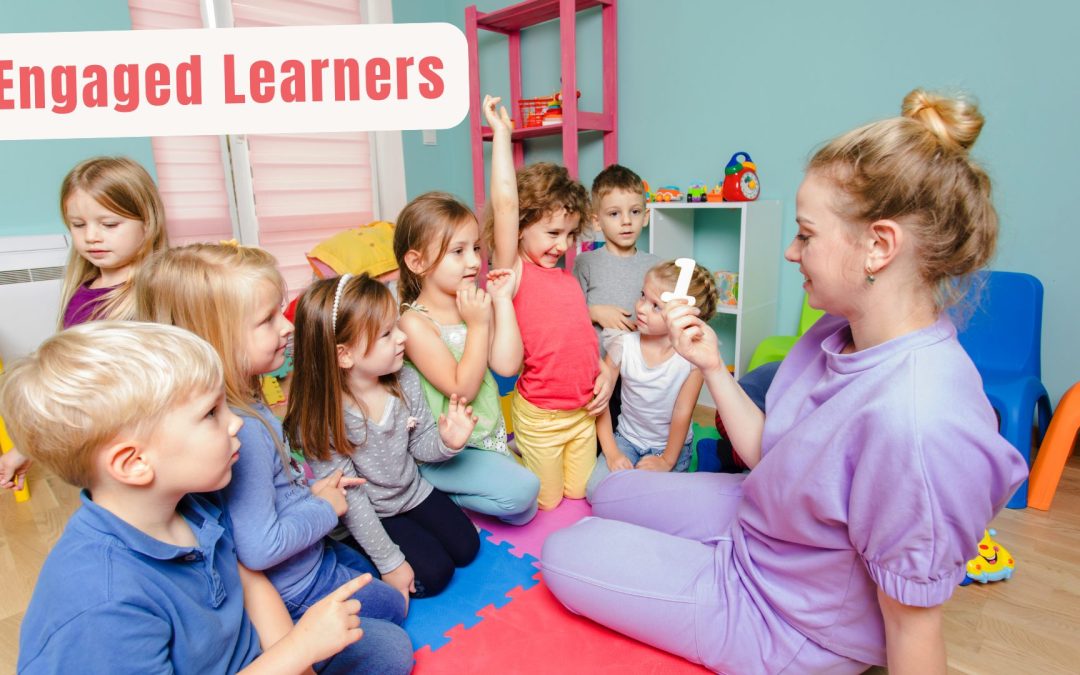Far too often, we as parents find our children struggling in certain subjects or certain teachers. It is by no means at the fault of the teachers, the students, or even the subject matter. It all boils down to learning styles and different ways of learning and teaching. So how do you get your child to become more engaged when it comes to learning?
Active Vs Passive
For many years, educators were frequently teaching with a more passive form of teaching, where they are simply lecturing at their students. They are relying the information to be learned to the student, and the student is simply set to act as a “sponge” and soak up all this information. There may be some slides on the screen, or even a Power Point presentation to help nail down some of the key points, but this was the way of the teaching methods for many years. Kids would either respond to it or not, and even then, it would become a more “storage” based type of learning, where they may retain the information and be able to perform well on tests, but then they can quickly lose this stored information from year to year. Since they do not have a more concrete way of visualizing and seeing the information being told to them, it is much easier to forget the information completely as time goes by.
To really help students learn better, educators realized they needed to poke the students into more action. Calling on students to answer questions, reading material out loud and discussing, performing science experiments, and more help to reach kids on a different level, and make the learning more active. Since the students are actively participating in the material instead of being told, they can have a more hands-on learning experience. This can help them learn and retain the information better, as it acts as a way for them to remember what was happening, since they actively participated in it.
To Truly Engage Children
To really help your children learn faster and easier, a healthy balance of active and passive learning is usually the way to go. Of course, every child is different and some may need all of one style, such as all active learning, to truly be engaged, while others can work with both. To always have active learning can also make children a little unfocused as well, so having the learning material split up between active and passive can help them get a mental break between lessons and activities to keep the material straight and fresh in their minds. This in turn can help them stay engaged and continue learning throughout the day!
Katie Kyzivat

